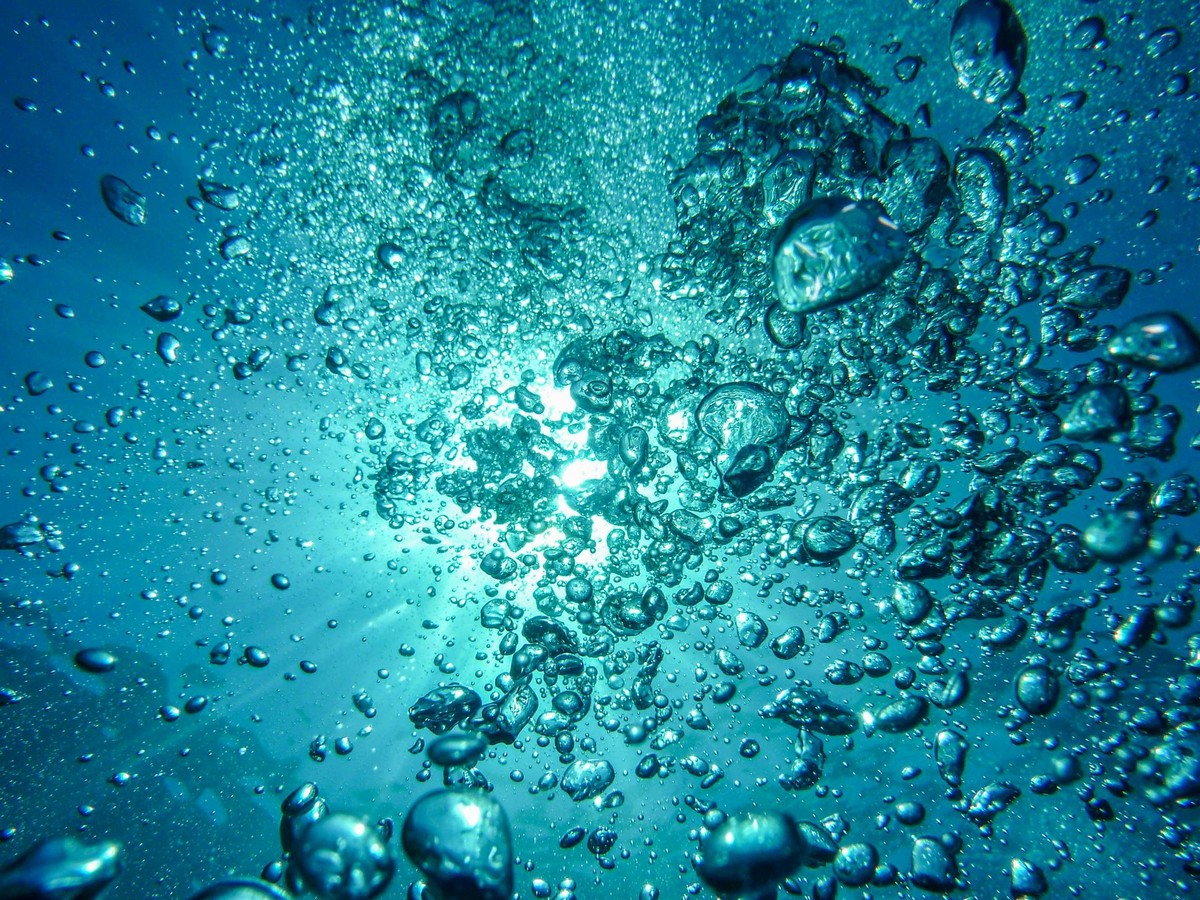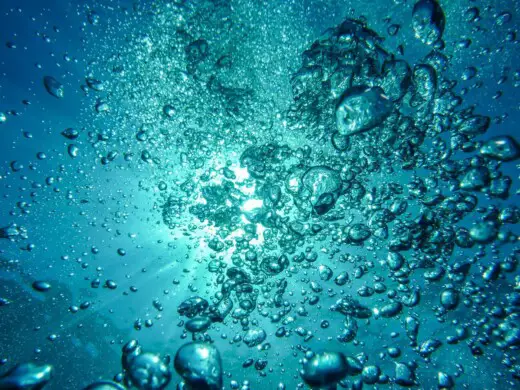6 design aspects of home water treatment systems guide, Filtration tips
6 Design Considerations for Home Water Treatment Systems
8 April 2022
In the world of water filtration, there are plenty of options to choose from. As a designer or homeowner, it’s your job to get a basic understanding of water filtration. As a result, you’ll be prepared to implement a suitable home water treatment system.
The purpose of this article is to give you a foundational understanding of residential water treatment. Whether you’re a designer, building a new home, or planning to remodel, the tips in this article will help lead you in the right direction.
1. Consider Your Water Source
First, there are two primary water sources for homes, and those are private wells and municipal. In most cases, municipal water is easier to treat since it’s already been treated. However, depending on the quality of well water, this isn’t always the case.
For example, if your water utility uses chloramines to treat your water, chloramines are harder to remove than chlorine. All in all, the first step is to assess your water source and know that well water and municipal water are treated differently.
2. Fetch Your Water Report or Run a Test
For people on municipal water, there’s the option to request a water quality report from your local utility. In most cases, the process should be straightforward, though, there are instances when people are unable to get their reports.
In this case, it’s best to have your water professionally tested by a certified lab. Yes, there are home test kits, but a certified lab will provide you with the most accurate results. As for people on wells, they will also want to have their water tested by a certified lab.
Once you have your test results or your water quality report in hand, it’s time to move to the next step.
3. Diagnose What’s in Your Water
A water quality report or test will break down everything that’s in your water. Commonly, municipal water might be hard, contain fluoride, and definitely contain chlorine or chloramines.
For well water, there are additional common contaminants to check for in your results. These can be iron, manganese, hydrogen sulfide, and any potentially harmful bacteria.
After inspecting your report to identify the contaminants, it’s time to move on to the following step.
4. Choose the Right Filters
At this point, things can get confusing for people who have no experience with water filtration. As mentioned in the introduction, there are plenty of options to choose from in the home water treatment space.
However, for homeowners, your best bet is almost always going to be a whole-house filter. Modern whole-house filters can sometimes treat your water entirely with a single filter. Thus, a whole-house filter makes treating all of the water entering your home easy.
Another route is to treat at the point of use. Unlike a whole-house filter, these filters will treat water throughout your home. For example, you might want to install a drinking water filter below your sink.
Currently, there are several good options, including high-capacity under-sink filters and under-sink reverse osmosis systems. Depending on what’s in your water, you may find that your safest bet is a reverse osmosis system. The beauty of reverse osmosis is that it removes all contaminants.
For people who are low on space below their sinks, a tankless reverse osmosis system is a user-friendly option that requires minimal space. In addition to requiring minimal space, this type of system makes changing your filters easy.
All in all, the point here is to choose filters that target the contaminants identified by your water report or test. If not, you could end up wasting money on filters that aren’t completing the job, or buying more filters than you need to complete the job.
5. Hard Water Treatment
Now, if you have hard water, an important design consideration is to account for a water softener. For larger households, you will need to designate enough space to house a larger water softener. In this category, it’s best to consult a professional or do the research required to choose the appropriate softener capacity.
Each softener’s capacity is measured in grains. Generally, homes with more bathrooms will need to choose softeners with a higher capacity. This way, you’ll get more time between regeneration cycles. Also, since softeners use salt, you’ll be able to optimize the number of times you need to add salt to the brine tank each year.
Beyond those considerations, there’s also the option to choose a modern salt-free water softener. Comparatively, salt-free systems require less maintenance and space, yet people with very hard water will most likely be unimpressed with the results.
6. Bacteria Management
Primarily, only people on wells need to worry about managing bacteria in their water. Since harmful bacteria can enter private wells in a variety of ways, there’s a need to keep tabs on what’s in your well. For people who live close to livestock and experience flooding, it’s important to run annual or semi-annual water tests to check for bacteria.
A good way to manage bacteria in wells is with the addition of a UV light filter. UV light has a powerful antimicrobial effect that keeps all of the water entering your home bacteria-free. Because of this, it’s important to account for the space necessary to house your UV purifier when completing your home water treatment design.
Conclusion
Overall, these are the most important design considerations for home water treatment systems. Of all these steps, the most important one is to know what’s in your water. Because if you don’t, you’re going in blind. By knowing exactly what’s in your water, you’ll be able to design the most efficient home water treatment system.
Now that you have a basic understanding of how to treat both municipal and well water, you may want to go a step further by getting acquainted with the various methods of water filtration and types of filter media. Once you soak up that knowledge, you’ll be able to take a more detailed approach to your design.
Comments on this guide to 6 design aspects of home water treatment systems article are welcome.
Architecture
St James Quarter Edinburgh

image of the development
St James Quarter
Moxy Hotel Fountainbridge

image courtesy of architects practice
Moxy Hotel Fountainbridge
Comments / photos for the 6 design aspects of home water treatment systems advice page welcome

